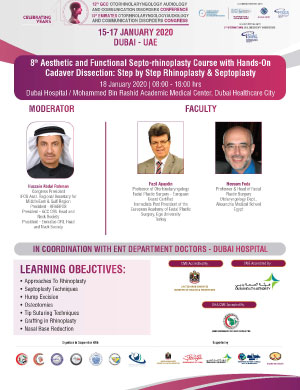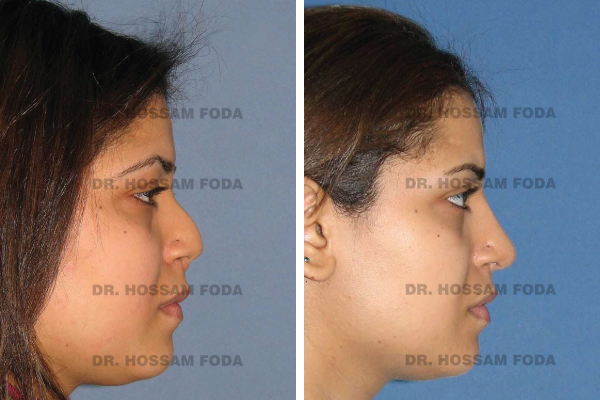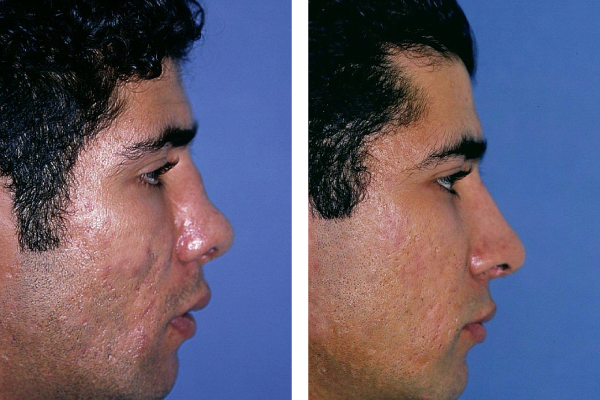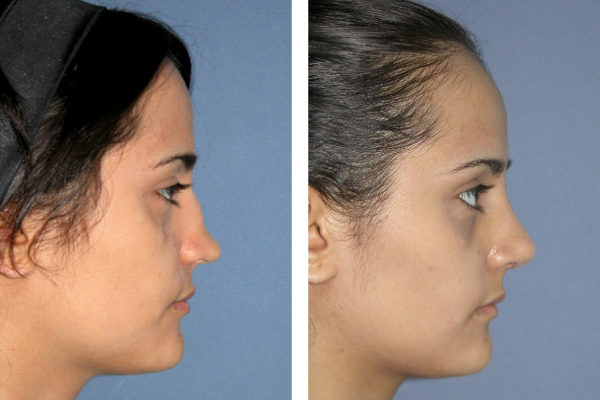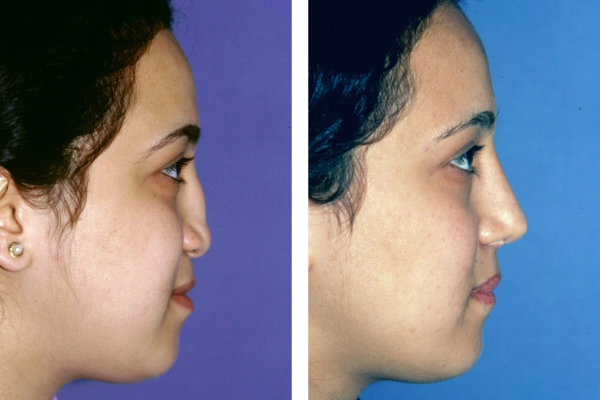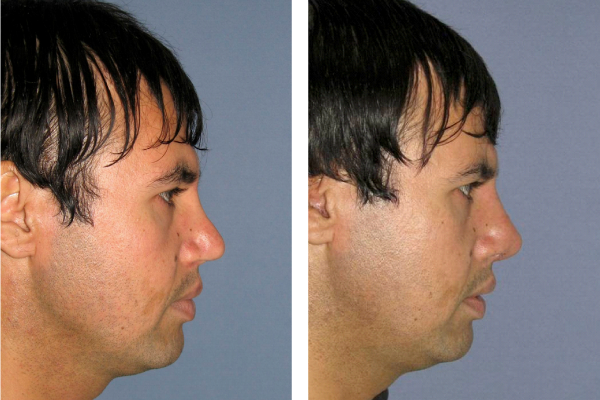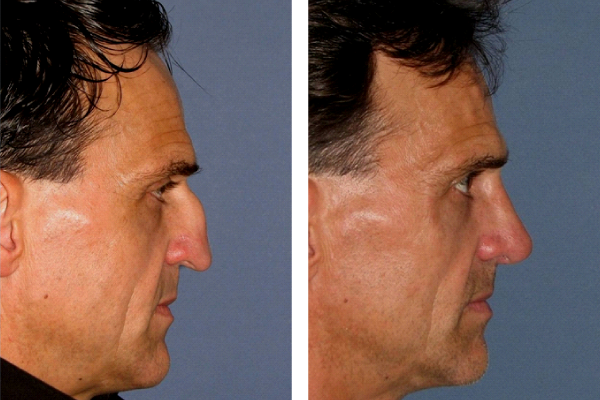DR FODA INVITED SPEAKER IN DUBAI, UAE
Dr Foda was an invited faculty at the Emirates 10th Otorhinolaryngology Congress. Dr. Foda, joined an international Faculty of Rhinoplasty speakers including Dr. Apaydin (Turkey), Dr. Ferriera (Portugal), Dr. Durant (France), and Dr. Simmen (Swiss) in addition to some of the best regional Rhinoplasty surgeons. Dr. Foda delivered 5 lectures on different rhinoplasty topics.


